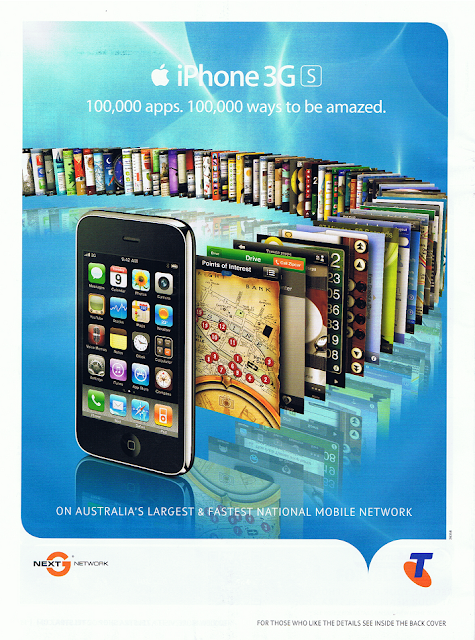If you’re a regular Facebook user, you’d have probably noticed that Facebook recently trashed it’s “become a fan” language and opted for a more generic “like” feature for it’s branded pages.
In a way, this seems a more intuitive way of connecting to brands you “like” not necessarily a “fan” of. Becoming a fan does seem to imply an intimate connection with the brand which requires more user commitment. This is detrimental to marketing a brand, since users that brands wish to be influencing and converting need to be engaged before “becoming a fan” to begin with. Facebook’s decision to transition this language to “like” a brand attempts to fix this problem.
Here’s the document explaining the change:
But, is that the real reason Facebook has made the decision? I argue not!
Facebook says that users click the “like” button almost twice as much as they click the “become a fan” button. In real terms, Facebook is trying to boost the number of connections users have to brands.
What’s the reason for this? Revenue!
Most Facebook pages gain their user connections through Facebook advertising. So essentially, Facebook is endeavouring to double their revenue from brand advertisements with a simple terminology tweak.
They claim that liking a brand is a much more natural option that will streamline the site, but as Julian Cole contends on his Adspace Pioneers blog, it may actually create more confusion as to which Facebook adverts are for Facebook branded pages, and which are for external websites.
What do you think? Do you “like” Facebook’s new terminology?






